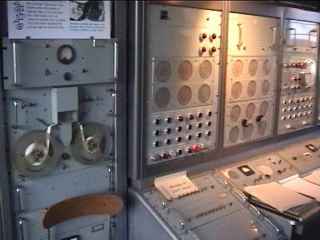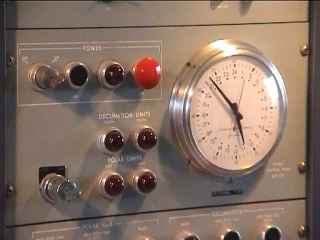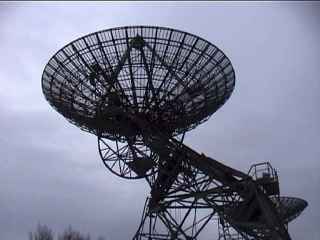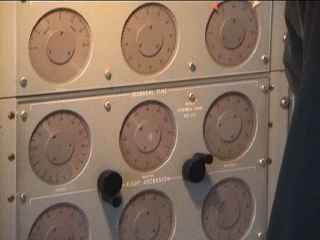







Welcome to the home page of Cambridge Amateur Radio Astronomers. We are a group of people, mainly from a radio and computing background, with an interest in radio astronomy. Initially our focus is on restoring part of the One Mile Telescope at the University of Cambridge's Mullard Radio Astronomy Observatory to full working order.
An important goal of the project is to allow public access to the telescope, for example, for schools or interested amateur astronomers, either remotely or through site visits.
There may also be possibilities for real research using the telescope, although we recognise that there may be limited opportunities here, the sky being fairly well understood at the frequencies accessible with the telescope.
We intend to make full use of modern technology, in particular the ability to control and get data from the telescope using the Internet.
The current specific objectives of the project include:
In the first phase of the project we are renovating or replacing the dish feed components of the central aerial, leaving the rest of the control system as it is. Once this has been done the second phase will consist of developing a system to allow the remote control of the telescope.
For more technical details of the work currently underway see Renovation of the One Mile Telescope Focus Box.
In addition, we intend to perform a number of specific investigations with the telescope, for example:
Initially we intend to concentrate on moon bounce and pulsar observation.

The One Mile Telescope was built between 1962 and 1964, and was first used for astronomical observations in November 1963. It consists of three separate 18 metre dish aerials, one mounted on rails, to allow the use of aperture synthesis techniques, in fact it was the first such telescope in the world. It was built to allow observations at 408 and 1410 MHz but has been used for frequencies up to 5 GHz, at which point small inaccuracies in the dish surface become significant.
Currently only the central, stationary, aerial is known to be functional, and only at 408 MHz. It was last used in early 1999, to observe the well-known pulsar in the Crab Nebula. The telescope was built to a high mechanical specification and is generally in good shape. However, the electrical systems are old and need replacing. Spare parts are also a problem in many key areas.
We will initially concentrate on this central aerial, though a longer term goal is to attempt the full restoration of all three dishes.